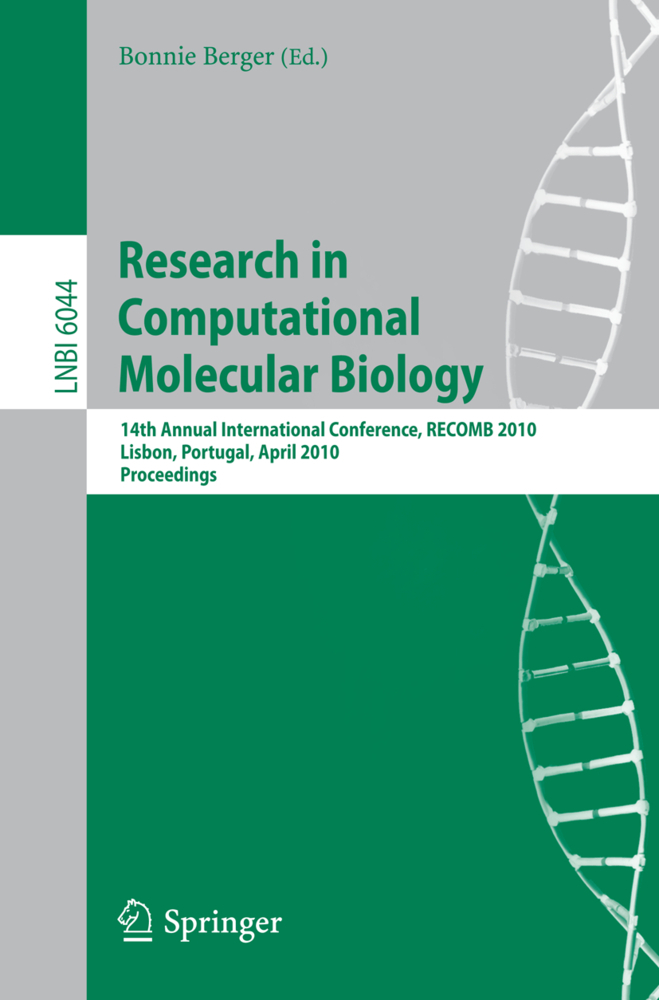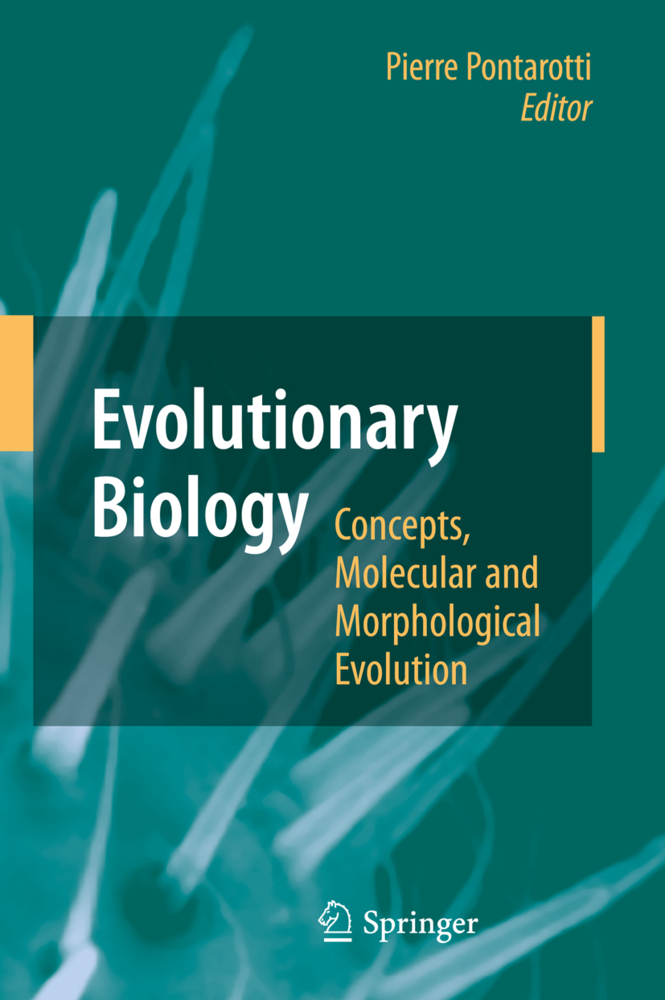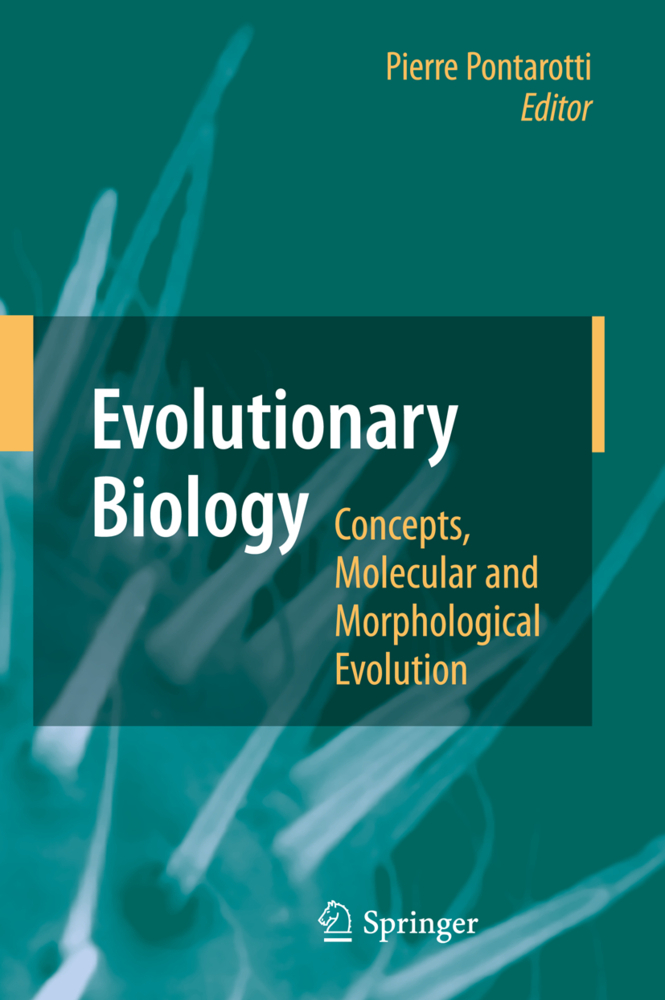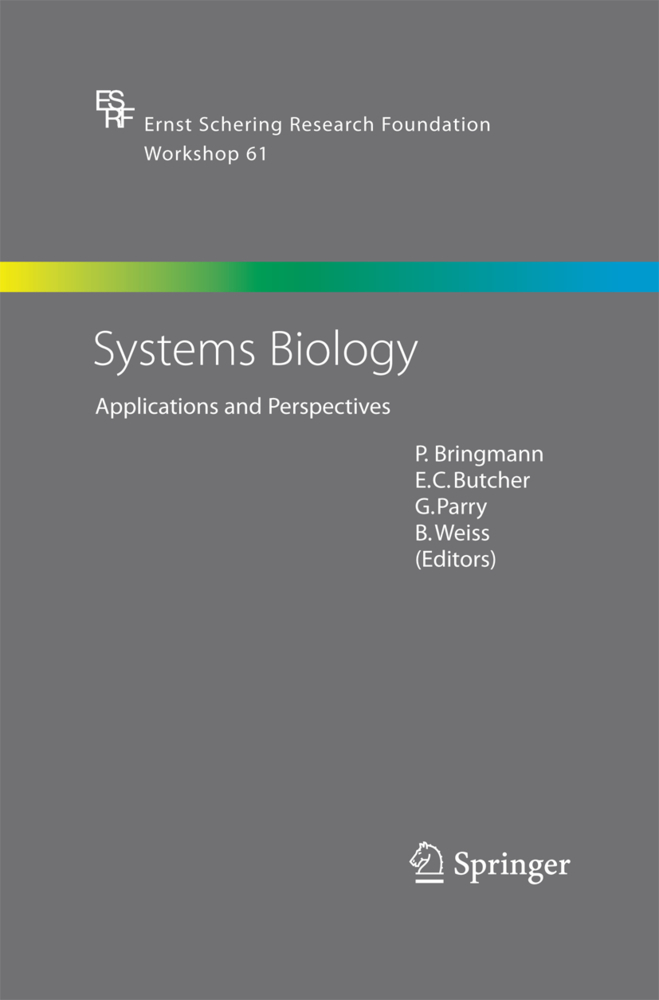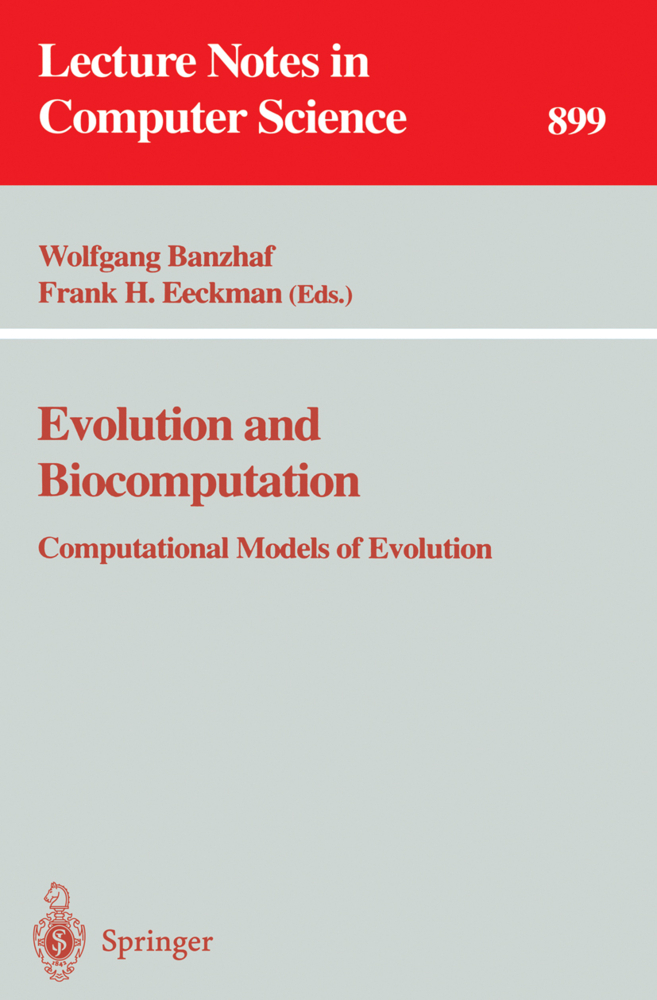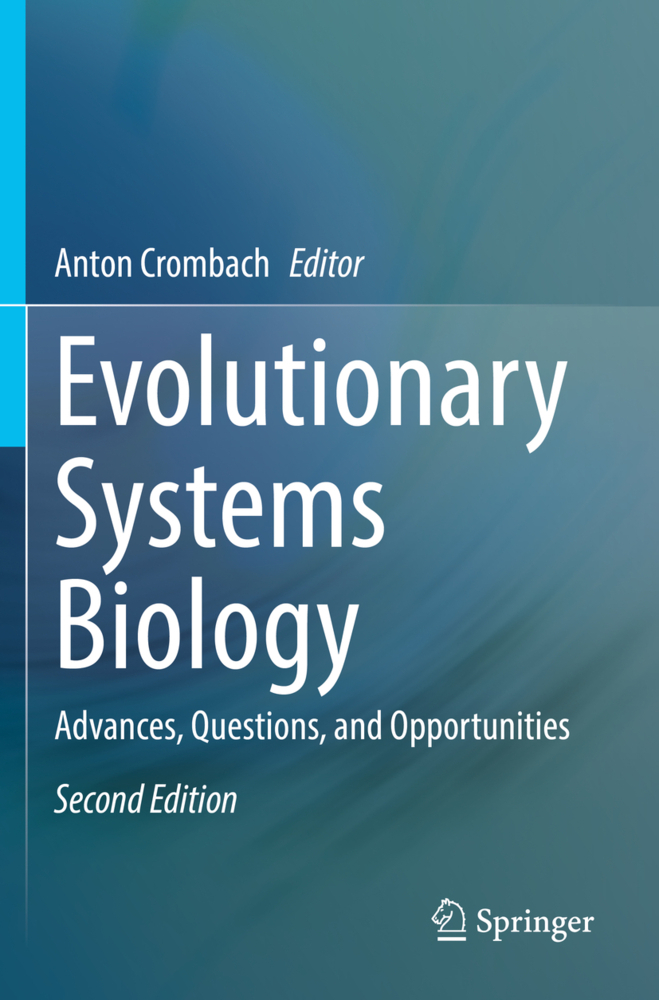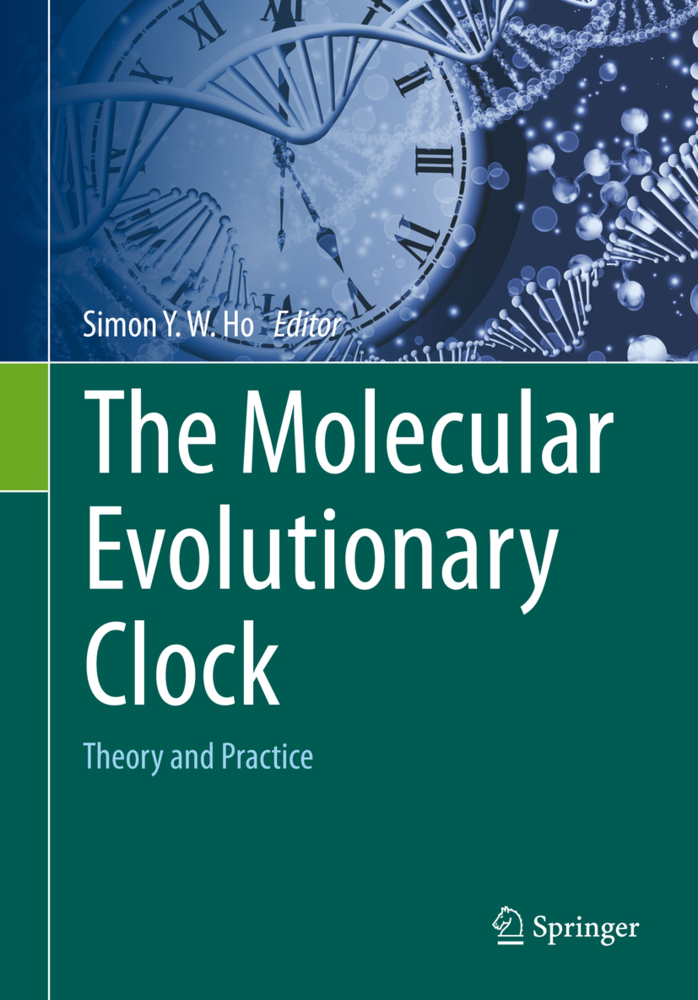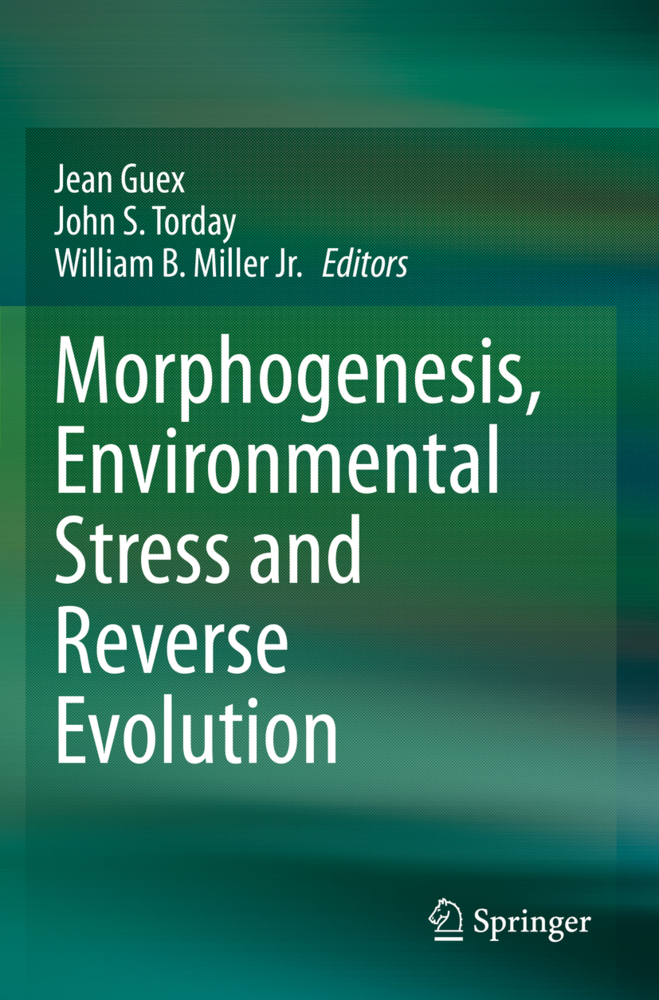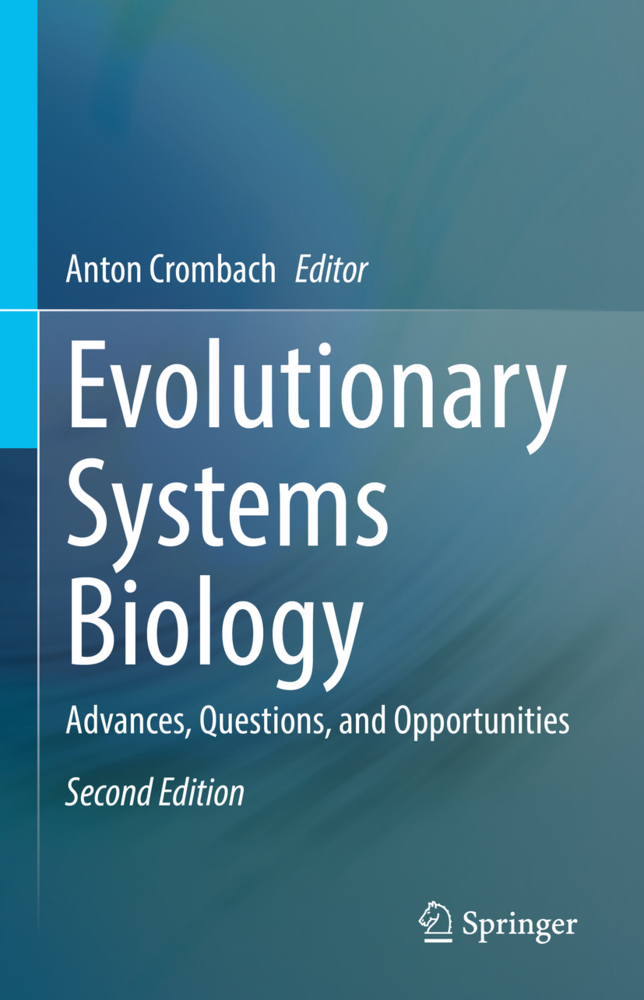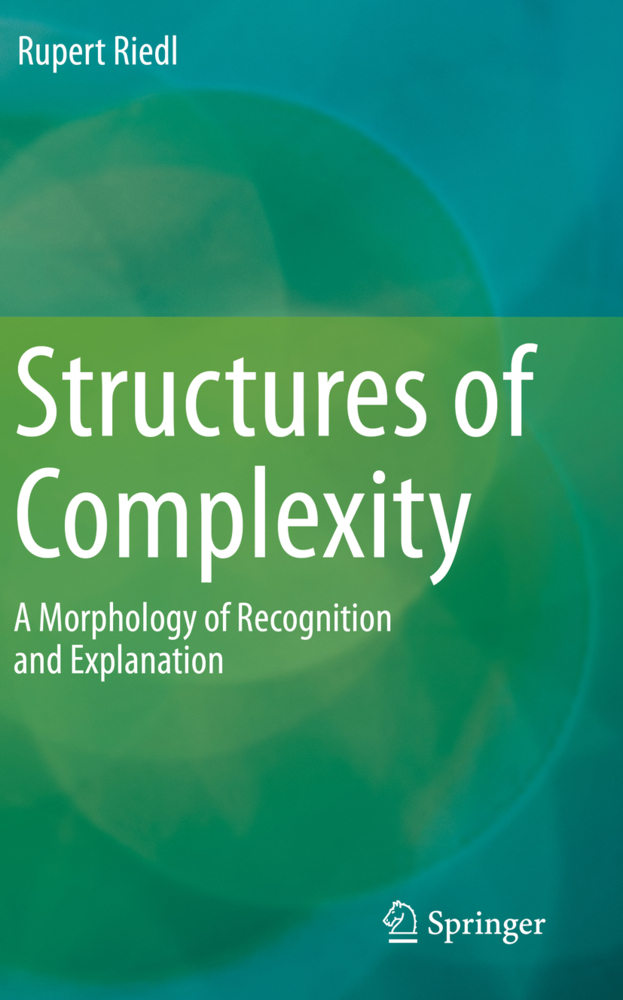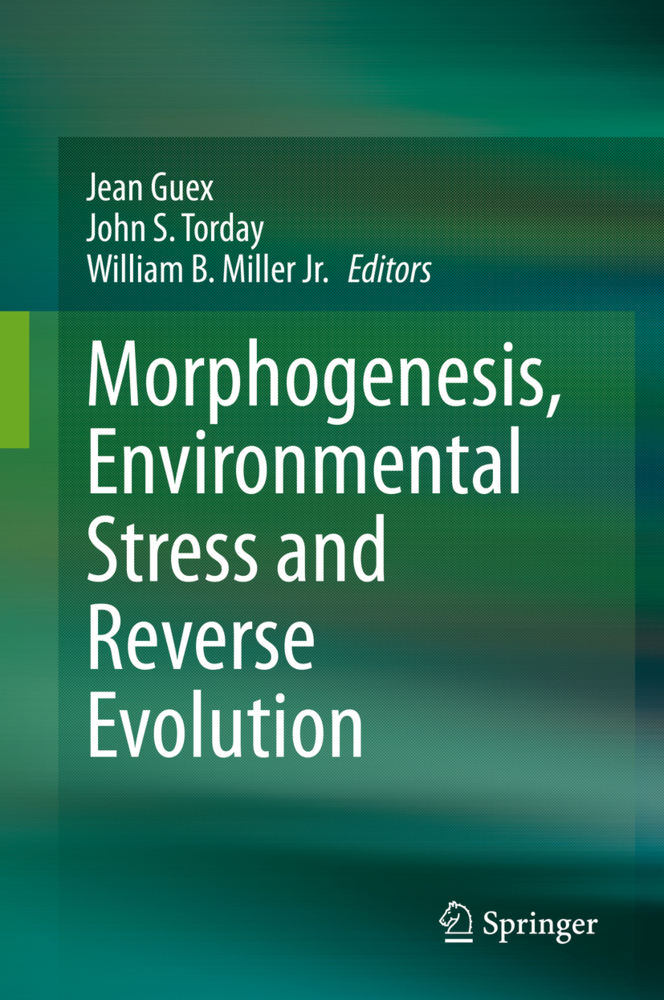Research in Computational Molecular Biology
14th Annual International Conference, RECOMB 2010, Lisbon, Portugal, April 25-28, 2010, Proceedings
Research in Computational Molecular Biology
14th Annual International Conference, RECOMB 2010, Lisbon, Portugal, April 25-28, 2010, Proceedings
This volume contains the papers presented at RECOMB 2010: the 14th Annual International Conference on Research in Computational Molecular Biology held in Lisbon, Portugal, during April 25-28, 2010. The RECOMB conference series was started in 1997 by Sorin Istrail, Pavel Pevzner, and Michael Waterman. RECOMB 2010 was hosted by INESC-ID and Instituto Superior Tecnico, or- nized by a committee chaired by Arlindo Oliveira and took place at the Int- national Fair of Lisbon Meeting Centre. This year, 36 papers were accepted for presentation out of 176 submissions. The papers presented were selected by the Program Committee (PC) assisted by a number of external reviewers. Each paper was reviewed by three members of the PC, or by external reviewers, and there was an extensive Web-based discussion over a period of two weeks, leading to the ?nal decisions. RECOMB 2010 also introduced a Highlights Track, in which six additional presentations by senior authors were chosen from papers published in 2009. The RECOMB conferenceseriesiscloselyassociatedwiththeJournalofComputational Biology, which traditionally publishes special issues devoted to presenting full versions of selected conference papers.
Admixture Aberration Analysis: Application to Mapping in Admixed Population Using Pooled DNA
Pathway-Based Functional Analysis of Metagenomes
Hierarchical Generative Biclustering for MicroRNA Expression Analysis
Subnetwork State Functions Define Dysregulated Subnetworks in Cancer
Proteome Coverage Prediction for Integrated Proteomics Datasets
Discovering Regulatory Overlapping RNA Transcripts
Alignment-Free Phylogenetic Reconstruction
Inference of Isoforms from Short Sequence Reads
The Clark Phase-able Sample Size Problem: Long-Range Phasing and Loss of Heterozygosity in GWAS
A New Algorithm for Improving the Resolution of Cryo-EM Density Maps
Towards Automated Structure-Based NMR Resonance Assignment
Gapped Spectral Dictionaries and Their Applications for Database Searches of Tandem Mass Spectra
naiveBayesCall: An Efficient Model-Based Base-Calling Algorithm for High-Throughput Sequencing
Extracting Between-Pathway Models from E-MAP Interactions Using Expected Graph Compression
Simultaneous Identification of Causal Genes and Dys-Regulated Pathways in Complex Diseases
Incremental Signaling Pathway Modeling by Data Integration
The Poisson Margin Test for Normalisation Free Significance Analysis of NGS Data
Compressing Genomic Sequence Fragments Using SlimGene
On the Genealogy of Asexual Diploids
Genovo: De Novo Assembly for Metagenomes
MoGUL: Detecting Common Insertions and Deletions in a Population
Generalized Buneman Pruning for Inferring the Most Parsimonious Multi-state Phylogeny
Seed Design Framework for Mapping SOLiD Reads
Accurate Estimation of Expression Levels of Homologous Genes in RNA-seq Experiments
Cactus Graphs for Genome Comparisons
IDBA - A Practical Iterative de Bruijn Graph De Novo Assembler
Predicting Nucleosome Positioning Using Multiple Evidence Tracks
Dense Subgraphs with Restrictions and Applications to Gene Annotation Graphs
Time and Space Efficient RNA-RNA Interaction Prediction via Sparse Folding
HLA Type Inference via Haplotypes Identical by Descent
Algorithms for Detecting Significantly Mutated Pathways in Cancer
Leveraging Sequence Classification by Taxonomy-Based Multitask Learning
A Novel Abundance-Based Algorithm for Binning Metagenomic Sequences Using l-Tuples
A Markov Random Field Framework for Protein Side-Chain Resonance Assignment
Genomic DNA k-mer Spectra: Models and Modalities
Deciphering the Swine-Flu Pandemics of 1918 and 2009
Distinguishing Direct versus Indirect Transcription Factor-DNA Interactions
A Self-regulatory System of Interlinked Signaling Feedback Loops Controls Mouse Limb Patterning
Automated High-Dimensional Flow Cytometric Data Analysis
Discovering Transcriptional Modules by Combined Analysis of Expression Profiles and Regulatory Sequences.
An Algorithmic Framework for Predicting Side-Effects of Drugs
SubMAP: Aligning Metabolic Pathways with Subnetwork MappingsAdmixture Aberration Analysis: Application to Mapping in Admixed Population Using Pooled DNA
Pathway-Based Functional Analysis of Metagenomes
Hierarchical Generative Biclustering for MicroRNA Expression Analysis
Subnetwork State Functions Define Dysregulated Subnetworks in Cancer
Proteome Coverage Prediction for Integrated Proteomics Datasets
Discovering Regulatory Overlapping RNA Transcripts
Alignment-Free Phylogenetic Reconstruction
Inference of Isoforms from Short Sequence Reads
The Clark Phase-able Sample Size Problem: Long-Range Phasing and Loss of Heterozygosity in GWAS
A New Algorithm for Improving the Resolution of Cryo-EM Density Maps
Towards Automated Structure-Based NMR Resonance Assignment
Gapped Spectral Dictionaries and Their Applications for Database Searches of Tandem Mass Spectra
naiveBayesCall: An Efficient Model-Based Base-Calling Algorithm for High-Throughput Sequencing
Extracting Between-Pathway Models from E-MAP Interactions Using Expected Graph Compression
Simultaneous Identification of Causal Genes and Dys-Regulated Pathways in Complex Diseases
Incremental Signaling Pathway Modeling by Data Integration
The Poisson Margin Test for Normalisation Free Significance Analysis of NGS Data
Compressing Genomic Sequence Fragments Using SlimGene
On the Genealogy of Asexual Diploids
Genovo: De Novo Assembly for Metagenomes
MoGUL: Detecting Common Insertions and Deletions in a Population
Generalized Buneman Pruning for Inferring the Most Parsimonious Multi-state Phylogeny
Seed Design Framework for Mapping SOLiD Reads
Accurate Estimation of Expression Levels of Homologous Genes in RNA-seq Experiments
Cactus Graphs for Genome Comparisons
IDBA - A Practical Iterative de Bruijn Graph De Novo Assembler
Predicting Nucleosome Positioning Using Multiple Evidence Tracks
Dense Subgraphs with Restrictions and Applications to Gene Annotation Graphs
Time and Space Efficient RNA-RNA Interaction Prediction via Sparse Folding
HLA Type Inference via Haplotypes Identical by Descent
Algorithms for Detecting Significantly Mutated Pathways in Cancer
Leveraging Sequence Classification by Taxonomy-Based Multitask Learning
A Novel Abundance-Based Algorithm for Binning Metagenomic Sequences Using l-Tuples
A Markov Random Field Framework for Protein Side-Chain Resonance Assignment
Genomic DNA k-mer Spectra: Models and Modalities
Deciphering the Swine-Flu Pandemics of 1918 and 2009
Distinguishing Direct versus Indirect Transcription Factor-DNA Interactions
A Self-regulatory System of Interlinked Signaling Feedback Loops Controls Mouse Limb Patterning
Automated High-Dimensional Flow Cytometric Data Analysis
Discovering Transcriptional Modules by Combined Analysis of Expression Profiles and Regulatory Sequences.
Berger, Bonnie
| ISBN | 978-3-642-12682-6 |
|---|---|
| Medientyp | Buch |
| Copyrightjahr | 2010 |
| Verlag | Springer, Berlin |
| Umfang | XVI, 582 Seiten |
| Sprache | Englisch |

